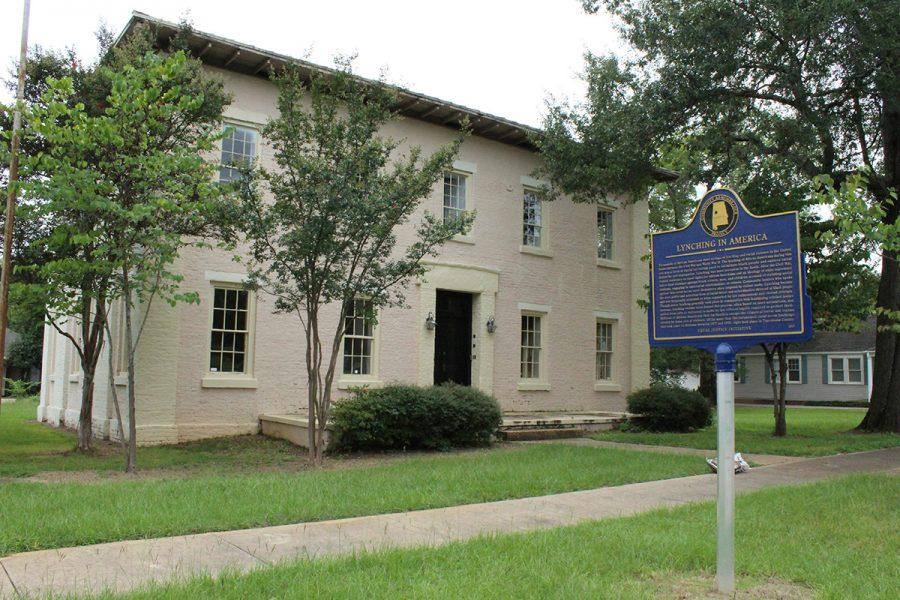Memorializing history in the United States is a complex subject, made all the harder to resolve by the United States’s checkered past. Questions of memorialization have plagued the public consciousness for years.
As recently as 2015, Mayor Mitch Landrieu, mayor of New Orleans, suggested removing Confederate monuments in the wake of the racially-motivated shooting of parishioners of a black church in Charleston, South Carolina. Citizens of New Orleans differed greatly over the question of proper memorialization of history in their town, though, eventually three Confederate monuments were removed on May 20, 2017.
The conflict over Confederate monuments came to a head on August 11, when a large group of white nationalists marched in protest of the removal of a statue of Confederate General Robert E. Lee, in Charlottesville, VA. The march quickly turned violent as counter-protesters arrived, eventually resulting in the death of a counter-protester, 32-year-old Heather Heyer.
In the wake of such protests, citizens of Tuscaloosa are again forced to consider the monuments and memorials present in the town and, specifically, on The University of Alabama’s campus.
The Crimson White first reported in 2016 that thousands of students were petitioning for the renaming of buildings on campus, specifically of Morgan Hall. Named for John Tyler Morgan, a noted white supremacist and KKK leader, Morgan Hall’s name is still under consideration.
On Nov. 7, 2016, We Are Done, a group made of UA students, faculty and staff members “demanding that The University of Alabama seek new ways to address issues of racism and discrimination,” released a video demanding the proper memorialization of Morgan Hall, Nott Hall and the President’s Mansion.
Current UA student Margaret Lawson, a junior majoring in biology and history, says monuments need to reflect broad societal values.
“Monuments and memorials that are put up and funded by public money are a representation of our society and … these monuments are symbols of who we are,” Lawson said. “It’s important that, when we pick out what these monuments and memorials are of, that they truly are representative of factions of our population and values that we think our country should uphold.”
Kendrick Spain, a senior majoring in marketing, notes that monuments in the South must be even more carefully considered than monuments in other regions of the U.S.
“I think the value of monuments in general, and especially in the South, is when you memorialize people and celebrate their accomplishments in life, you have to be very cognizant of who those feats affected in the immediate future and in the distant future,” Spain said. “That’s why we’re seeing so many monuments taken down now, because they adversely affect so many people.”
Leslie Andress, a senior majoring in marketing and the current president of the Young Conservatives, believes keeping monuments is critical to remembering history.
“I feel like [monuments are] a part of our history, and in order for us to grow and progress as a country, we need to keep that,” said Andress. “In order for us to learn from our mistakes, we can’t just erase history.”
Andress points to the riots in Charlottesville as a negative effect of the campaign to remove monuments.
“I feel like when we do try to take them down, it causes more of a ruckus than anything else, you know, just like Charlottesville,” Andress said. “I know that got really out of hand, but I just feel like if we just kept them here, I think it would do a lot less harm than trying to remove them.”
In an additional statement, Andress asserts that keeping Confederate monuments is important for racial healing in the South.
“As someone who is from Alabama, I have witnessed discrimination first hand. I believe this country still has a lot of growth and progression to be fully integrated,” Andress said. “We cannot take these monuments down to cover up the history that has already happened. Our country needs to learn from our past mistakes so we know to never make them again.”
Gerald Fraas, a junior majoring in political science and economics and the current state chairman for College Republicans of Alabama, argues that the placement of monuments should be decided by individual communities.
“Modern day, it’s really up to the discretion of the cities and the states if they want to display those,” Fraas said. “It’s not necessarily something that can be done by protests.”
Both Lawson and Spain find the continued existence of Confederate monuments to be unnecessary.
Spain noted that, “People are really vocalizing their displeasure at having to walk past these sort of symbols of oppression and degradation. I think it’s important to, even before you erect a monument, to look at the totality of someone’s life before it’s celebrated.”
Lawson echoed that notion.
“Fighting to keep (Confederate monuments) up often seems to be in contrast to those values in American culture.”









